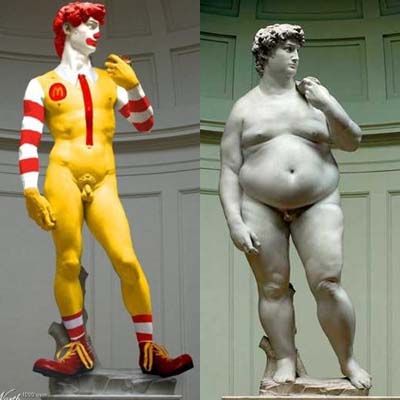Processed food
 Processed food fills the aisles of your favorite grocery store. With all that attractive packaging there is plenty to catch your eye.
Processed food fills the aisles of your favorite grocery store. With all that attractive packaging there is plenty to catch your eye.
The boring part is to turn the package over and try to read and understand the ingredients list. You have to read the ingredients with the understanding that everything might not even be included on the ingredient list. That’s because food manufacturers are not required to put everything on the list.
Every day, 7 percent of the U.S. population visits a McDonald's, and 20-25 percent eat fast food of some kind, says Steven Gortmaker, professor of society, human development, and health at the Harvard School of Public Health. As for children, 30 percent between the ages of 4 and 19 eat fast food on any given day.
But that's just the tip of the iceberg. Americans get processed food not only from fast-food restaurants but also from their neighborhood grocery stores. As it stands, about 90 percent of the money that Americans spend on food is used to buy--that's right--processed foods.
 Are there additives designed to stimulate or induce cravings? What if ingredients in Product A and ingredients in Product B combine to cause neurological problems – what caused the problem? As you can see, consumers are at a huge disadvantage.
Are there additives designed to stimulate or induce cravings? What if ingredients in Product A and ingredients in Product B combine to cause neurological problems – what caused the problem? As you can see, consumers are at a huge disadvantage.
The FDA has a list of around 3,000 additives but the number in existence is much much higher. There are currently more than 14,000 laboratory-made chemicals added to our foods to improve quality, shelf life, flavor, and appearance.
f you are trying to build your muscles there are many types of foods you should take out of your diet. You can do it all at once or slowly eliminate the bad food items. Bodybuilding foods are rich in protein and complex carbs. When working out for muscle growth you should avoid sugary foods that contain simple sugars and refined carbohydrates.